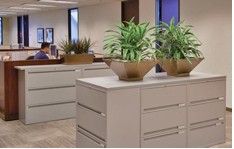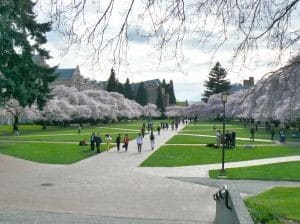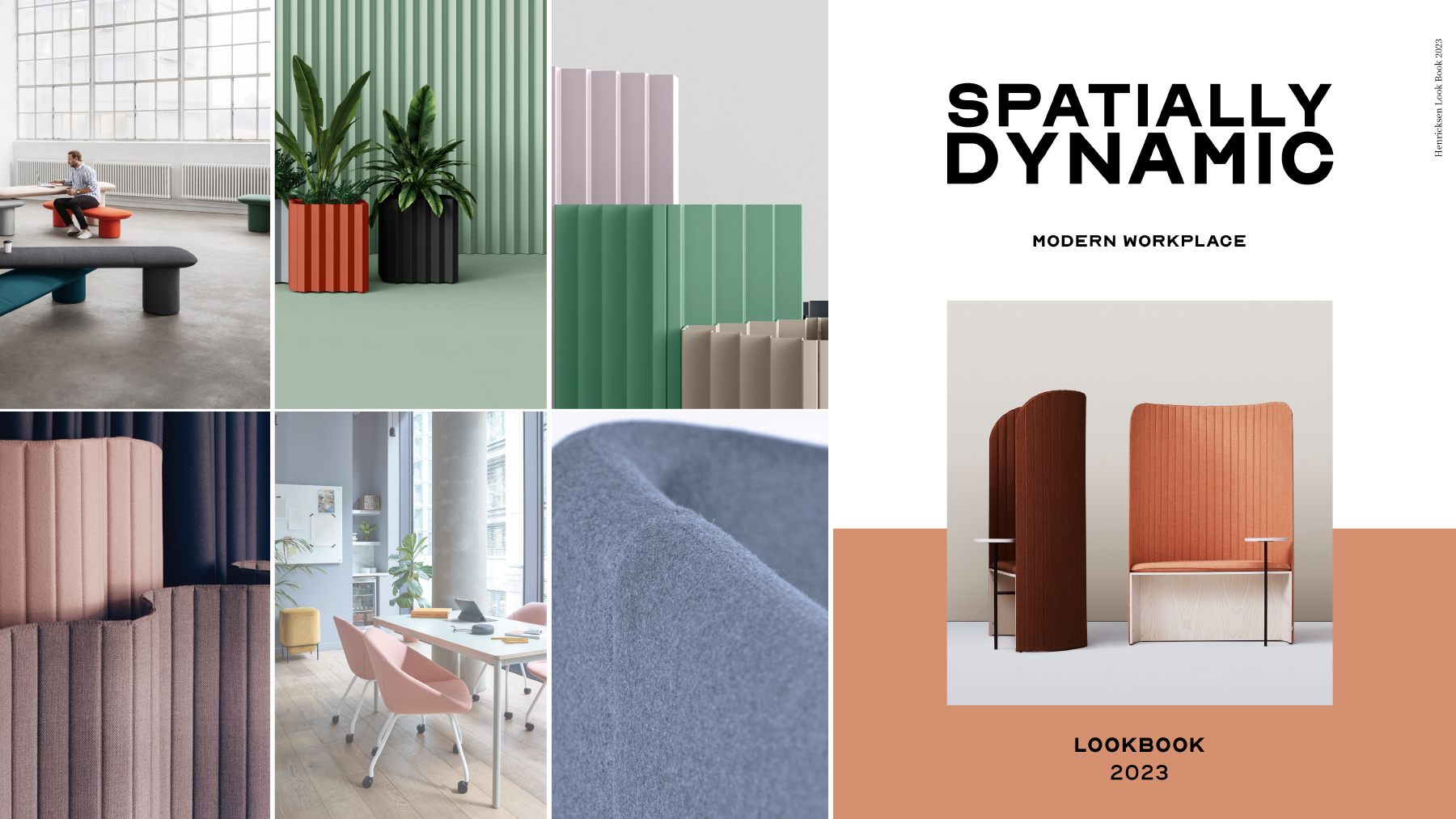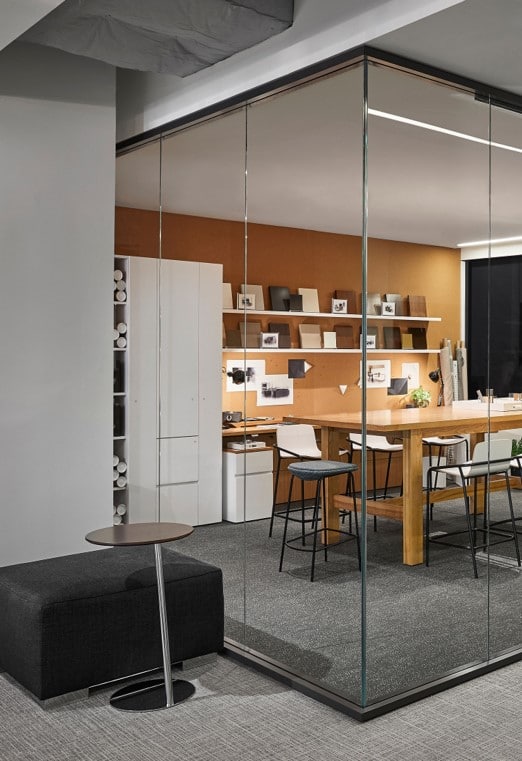As we progress in our understanding of how we impact the environment, we’re also learning about how the environment impacts us.

We’re beginning to realize the importance of designing the built environment to have the minimum impact on the natural environment as well as the maximum positive effect on us.
Architects are now looking to neuroscience in order to gain insights into how to design work environments that are supportive and inspiring, as well as environmentally sustainable. Architectural design is no longer just about the building – it’s now about being a positive addition to the community as well.
To create these new generations’ spaces, architects are taking cues from neuroscience to design the ultimate ‘green office’ with the goal of creating a work environment that’s both sustainable from an environmental perspective, as well as one that helps occupants have a happier, healthier and more productive work day.
The fundamentals of the perfect office design are simple: there’s no ‘one size fits all!’
Just as no two companies are the same, no two office spaces should be the same, especially if they’re being created for a specific culture and community. Neuroscience research suggests that certain types of spaces will elicit specific outcomes because of how we react within them. Designing spaces with specific outcomes in mind allows companies to enjoy higher productivity and employees to enjoy greater job satisfaction.
 Many companies express the desire to have a work environment that creates unique experiences for employees and visitors.
Many companies express the desire to have a work environment that creates unique experiences for employees and visitors.
For instance, a space with soaring cathedral ceilings promotes blue sky thinking. A living wall in a high energy area helps diminish stress levels. Areas with lower ceilings create a ‘safe’ space encouraging intense collaboration. Areas created with color, light and shade, undergirded by texture and space can influence the behavior of those within them.
Technology means that we’re no longer chained to a desk. We can move between stations and spaces to find our happy place. This creates both a sense of autonomy and increases engagement.
 Incorporating nature into our built environment is an equally important factor in modern architecture and design. Edward O. Wilson of Harvard University notes that human beings are irresistibly drawn to open, green spaces with blue sky and tall trees. This is the environment we naturally seek when we want to think clearly and creatively, expanding our ideas and our visions. However, when we feel pressured or fearful, we naturally seek the safety of smaller, cozier spaces.
Incorporating nature into our built environment is an equally important factor in modern architecture and design. Edward O. Wilson of Harvard University notes that human beings are irresistibly drawn to open, green spaces with blue sky and tall trees. This is the environment we naturally seek when we want to think clearly and creatively, expanding our ideas and our visions. However, when we feel pressured or fearful, we naturally seek the safety of smaller, cozier spaces.
Colors, as we’ve discussed previously exert a huge influence over how we feel, behave and perform.
In nature, blue skies equate to daytime – a time when most living beings are awake and alert. Using blue in our decor helps to promote this natural response. Light causes us to produce serotonin which makes us feel more optimistic and awake, while simultaneously suppressing the production of melatonin which makes us sleepy.
Blue skies, just like cathedral ceilings, inspire innovation, creativity and vision – hence the term ‘blue sky thinking.’
Green is a peaceful color associated with life and health. It is also the most prolific color in nature. Green helps us focus in a calm, systematic way. The best way to incorporate green into a work environment is through living plants. Green plants, fresh air and lots of light help our offices feel like places where we want to work – and as we are increasingly spending more time at work than at home, this is an important consideration.
 Dr. John Medina, a Washington University molecular biologist says that living green plants evoke the same visceral response humans have to being close to a water source. Water is essential to life, so we feel safe, nourished and calm. Green therefore helps us to focus, yet remain relaxed. Living plants in the work environment not only positively impacts our psyche, but also helps to remove harmful toxins in the space as well as the carbon dioxide we breathe out, replacing it with clean, pure oxygen.
Dr. John Medina, a Washington University molecular biologist says that living green plants evoke the same visceral response humans have to being close to a water source. Water is essential to life, so we feel safe, nourished and calm. Green therefore helps us to focus, yet remain relaxed. Living plants in the work environment not only positively impacts our psyche, but also helps to remove harmful toxins in the space as well as the carbon dioxide we breathe out, replacing it with clean, pure oxygen.
Urban Visions a Seattle company has a 1.2 million square foot new campus under development. They’re an example of a modern, progressive business enterprise creating a space that will be quite unique, being based on neuroscientific studies.
The goal is to create ‘moments of experience’ throughout the campus with no two moments being alike. The design is meant to stimulate creativity and innovation.
Since the introduction of the Well Building Standard, this type of philosophy is becoming more common among architects and is also being adopted more frequently by corporations of all sizes.
Work environments are no longer just about work… they’re about creating a complete environment that nurtures occupants and helps them fulfill their highest potential. With millennial workers seeking more fulfillment in their careers, many organizations are using this philosophy to attract and retain top young talent. However, benefits to both employees and productivity are so significant that we expect to see this trend around for some time to come.


 Many companies express the desire to have a work environment that creates unique experiences for employees and visitors.
Many companies express the desire to have a work environment that creates unique experiences for employees and visitors.

